

Himachal Pradesh, nestled in the western Himalayas of India, has a rich and diverse history. In ancient times, it was inhabited by various indigenous tribes, with mentions in Hindu scriptures like the Puranas. It later became part of various empires, including the Mauryan and Gupta dynasties.
During the medieval era, the region was divided among several small princely states. In the 19th century, it caught the attention of the British colonialists due to its strategic location. The British gradually annexed many princely states, including Chamba, Mandi, and Sirmaur, into the Punjab province.
After India gained independence in 1947, Himachal Pradesh became a part of the Pun ...

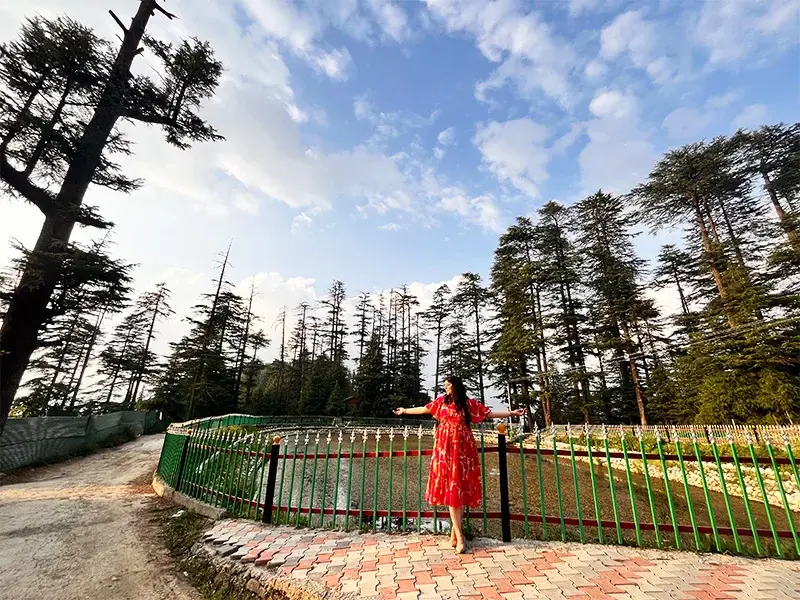


.jpg)
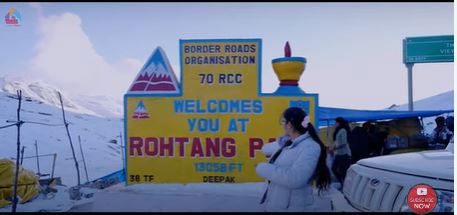
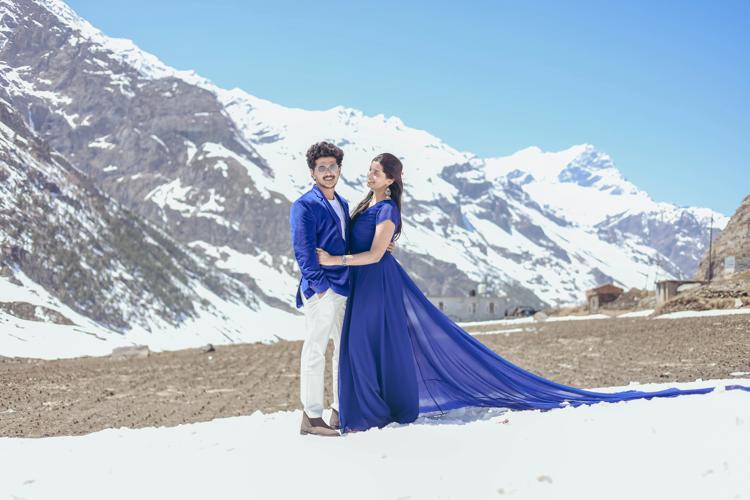
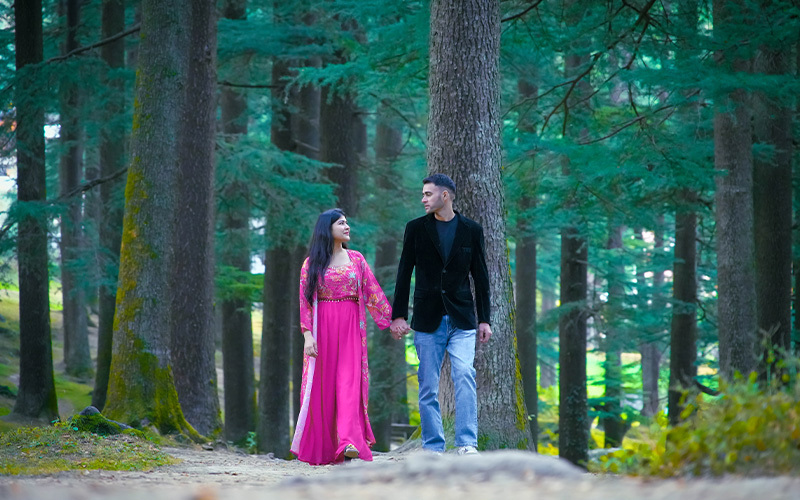
.webp)
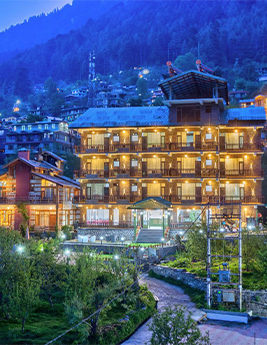

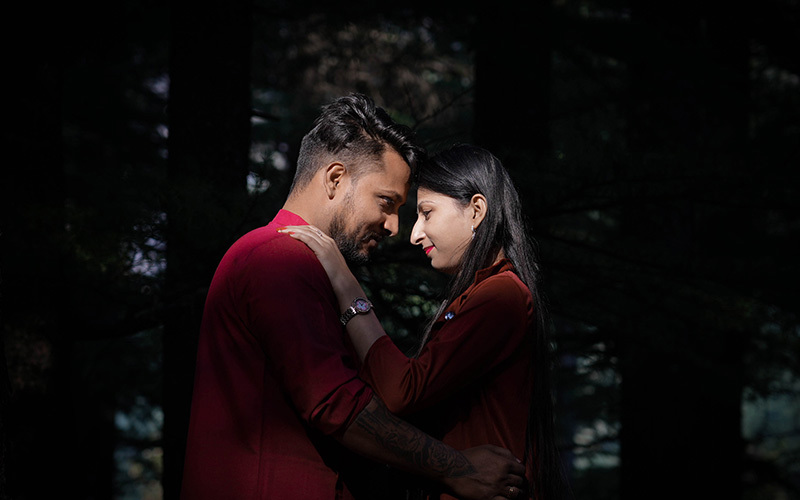
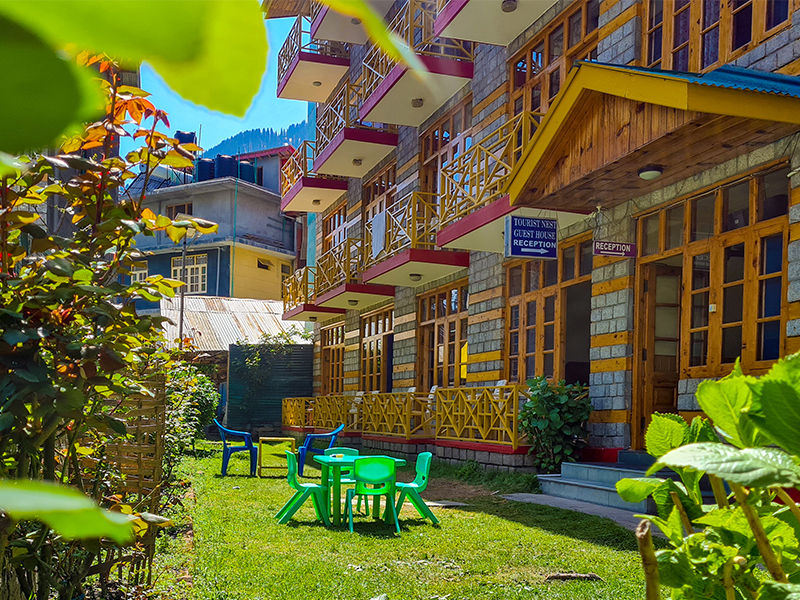

.webp)

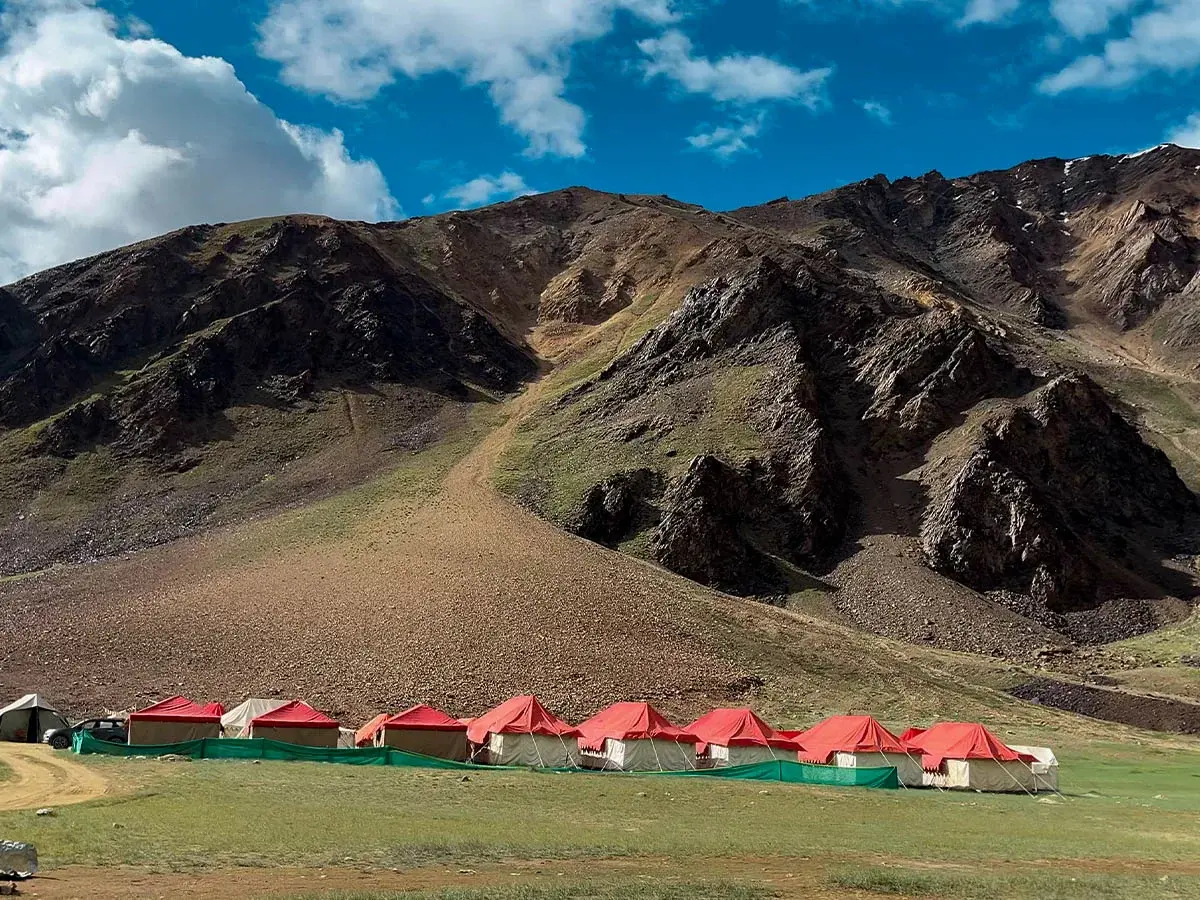
Places To Visit In Himachal Pradesh
Top places to visit in Himachal Pradesh.
.webp)
Blogs Of Himachal Pradesh
Discover the heart of the Himalayas with full travel insight
Places To Visit In Himachal Pradesh
Top places to visit in Himachal Pradesh.
Blogs Of Himachal Pradesh
Discover the heart of the Himalayas with full travel insight
India, a land of contrasts and diversity, offers a multitude of highlights that captivate travelers from around the globe. From the majestic Himalayas in the north to the serene backwaters of Kerala in the south, and from the bustling cities of Delhi and Mumbai to the historic temples of Varanasi and Khajuraho, India's highlights are as diverse as they are enchanting.
One of the most iconic highlights of India is the Taj Mahal in Agra, a UNESCO World Heritage Site and one of the New Seven Wonders of the World. This stunning white marble mausoleum, built by Mughal Emperor Shah Jahan in memory of his wife, is a testament to love and architectural brilliance, attracting millions of visitors each year.
The cities of Delhi, Mumbai, and Jaipur, often referred to as the Golden Triangle, offer a glimpse into India's rich history and vibrant culture. Delhi, the capital city, is home to historic monuments such as the Red Fort and Qutub Minar, as well as bustling markets and vibrant street food scenes. Mumbai, the financial capital, is known for its colonial-era architecture, bustling markets, and vibrant nightlife. Jaipur, the Pink City, is famous for its majestic forts, palaces, and vibrant bazaars.
For nature lovers, India offers a wealth of natural beauty, from the snow-capped peaks of the Himalayas to the pristine beaches of Goa and Kerala. The hill stations of Shimla, Darjeeling, and Ooty offer a cool retreat from the heat of the plains, while the backwaters of Kerala offer a tranquil escape into nature.
India's wildlife is another major highlight, with national parks and wildlife sanctuaries teeming with exotic species. Ranthambore National Park and Jim Corbett National Park are famous for their tiger populations, while Kaziranga National Park is home to the one-horned rhinoceros.
The cultural highlights of India are equally captivating, with ancient temples, vibrant festivals, and rich traditions that date back centuries. The temples of Varanasi, Khajuraho, and Hampi are architectural marvels that showcase India's rich spiritual heritage, while festivals like Diwali, Holi, and Durga Puja offer a glimpse into the country's vibrant cultural tapestry.
Whether you're exploring the bustling cities, serene landscapes, or rich cultural heritage, India's highlights are sure to leave you mesmerized and inspired, making it a truly unforgettable destinatination.
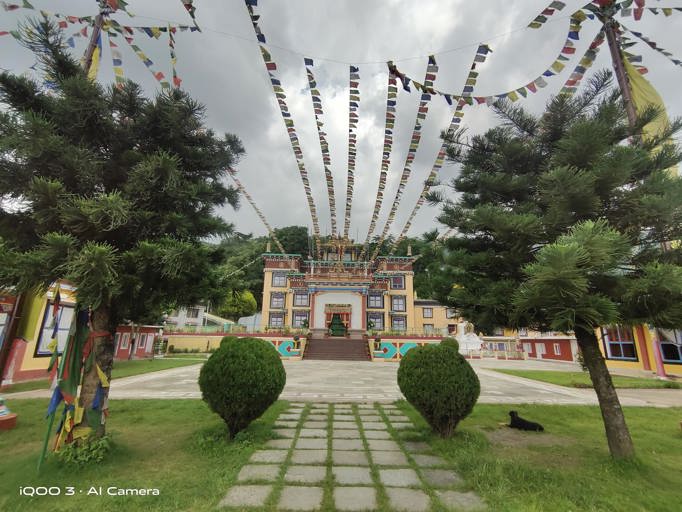

In Delhi, the capital city, the culinary landscape is a vibrant mix of old and new. Chandni Chowk, the historic heart of Old Delhi, is a bustling area renowned for its street food. Karim’s, established in 1913, is an iconic eatery famous for its Mughlai cuisine. Their mutton korma, kebabs, and biryanis are legendary, offering a taste of the rich culinary heritage of the Mughal era. Another gem in Delhi is Indian Accent, a contemporary restaurant that blends traditional Indian flavors with modern techniques. Dishes like the blue cheese naan and galouti kebabs reimagined with foie gras exemplify the innovative spirit of Indian Accent, making it a must-visit for food enthusiasts.
Moving to Mumbai, the city that never sleeps, one finds an eclectic mix of culinary delights. Leopold Café, established in 1871, is an iconic eatery in Colaba, known for its vibrant atmosphere and diverse menu, ranging from Indian curries to continental dishes. For a taste of authentic Parsi cuisine, Britannia & Co. in Ballard Estate is a beloved establishment. Their berry pulao, made with fragrant basmati rice, succulent meat, and tangy berries, is a culinary masterpiece that reflects the Parsi community's rich gastronomic traditions.
Down south in Chennai, Saravana Bhavan stands out as a legendary eatery, particularly for its traditional South Indian vegetarian fare. Their dosas, idlis, and thalis are celebrated for their authenticity and delightful flavors. Another gem in the South is the coastal city of Bengaluru, home to MTR (Mavalli Tiffin Room), established in 1924. Known for its delectable rava idli and filter coffee, MTR offers a nostalgic glimpse into the region's culinary past.
In Kolkata, the cultural capital of India, the culinary scene is rich with Bengali flavors. Flurys, a legendary tearoom on Park Street, has been serving exquisite pastries, cakes, and English breakfast since 1927. For a taste of traditional Bengali cuisine, Bhojohori Manna is a popular choice, offering dishes like macher jhol (fish curry) and kosha mangsho (slow-cooked mutton) that highlight the region's love for fish and spices.
Further west in Ahmedabad, Gujarat, the city is known for its vibrant vegetarian cuisine. Agashiye, a rooftop restaurant in a heritage hotel, serves an exquisite Gujarati thali, featuring an array of dishes like dhokla, khandvi, and various curries and sweets. The restaurant’s ambiance and traditional flavors provide an authentic taste of Gujarati hospitality.
In Rajasthan, Jaipur offers a royal dining experience at 1135 AD, located within the Amber Fort. The restaurant's opulent setting and regal Rajasthani cuisine, including dishes like laal maas (spicy mutton curry) and dal baati churma, provide a glimpse into the culinary traditions of Rajasthan's royal kitchens.
These famous eating places across India not only serve delicious food but also offer a cultural and historical journey through the diverse regions of the country. Whether it's street food or fine dining, the culinary experiences at these iconic establishments are a testament to India's rich and varied gastronomic heritage.
India offers a diverse and vibrant shopping experience, with each region offering unique products that reflect the country's rich heritage and culture. Handicrafts are a highlight, showcasing the skill of local artisans. Rajasthan's markets offer exquisite blue pottery, intricate silver jewelry, and vibrant textiles like Bandhani and Leheriya. Kashmir is known for its Pashmina shawls, carpets, and papier-mâché items, each reflecting meticulous craftsmanship.
Textiles are a must-buy in India, with Varanasi's Banarasi silk sarees and Tamil Nadu's Kanchipuram sarees being highly prized. Gujarat's Patola sarees and Rajasthan's block-printed fabrics are also popular. Khadi, promoted by Mahatma Gandhi, symbolizes India's independence and self-reliance and is available in stylish garments and accessories.
India's spice markets offer a sensory delight, with Kerala's markets offering fresh spices like black pepper, cardamom, cloves, and cinnamon. Assam and Darjeeling are renowned for their high-quality teas, perfect as souvenirs or gifts.
Ayurvedic products, leather goods, and antiques are also popular. Kerala offers Ayurvedic oils and herbal remedies, while Rajasthan's leather goods are of high quality. Antiques can be found in markets like Chor Bazaar in Mumbai and Old Delhi. Shopping in India is an immersive experience, allowing you to explore the country's vibrant culture and traditions through its diverse range of products.
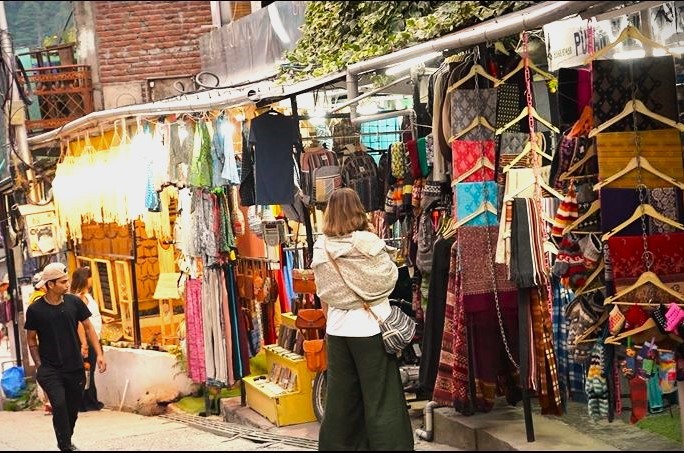
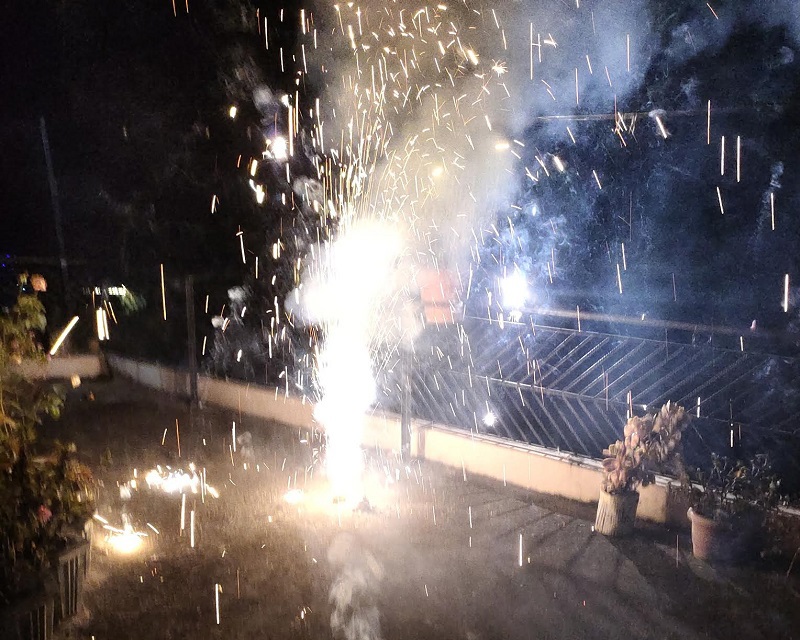
India, a mosaic of cultures and traditions, celebrates a plethora of festivals that reflect its rich heritage across various regions. In North India, Diwali, the Festival of Lights, illuminates homes and skies with oil lamps and fireworks, symbolizing the triumph of light over darkness, while Holi, the festival of colors, marks the arrival of spring with vibrant hues in Uttar Pradesh, Rajasthan, and Haryana. The eastern region, particularly West Bengal, comes alive with Durga Puja, a grand celebration of the goddess Durga's victory over evil, marked by intricate pandals, cultural performances, and feasts. In South India, Pongal, a harvest festival, is celebrated with fervor in Tamil Nadu, honoring the Sun God and offering thanks for a bountiful harvest through traditional rituals and community feasts. The western region sees Maharashtra reveling in Ganesh Chaturthi, where elaborate idols of Lord Ganesha are worshipped and later immersed in water with great pomp and ceremony. Additionally, Gujarat's Navratri is marked by vibrant garba and dandiya dances, celebrating the divine feminine energy. The northeastern states, with their unique tribal cultures, celebrate festivals like Bihu in Assam, which marks the Assamese New Year with traditional dances and feasts. Each festival in India, from the snow-capped Himalayas to the coastal plains, showcases the country's unity in diversity, blending spirituality, joy, and community spirit, making India a land of endless celebrations.
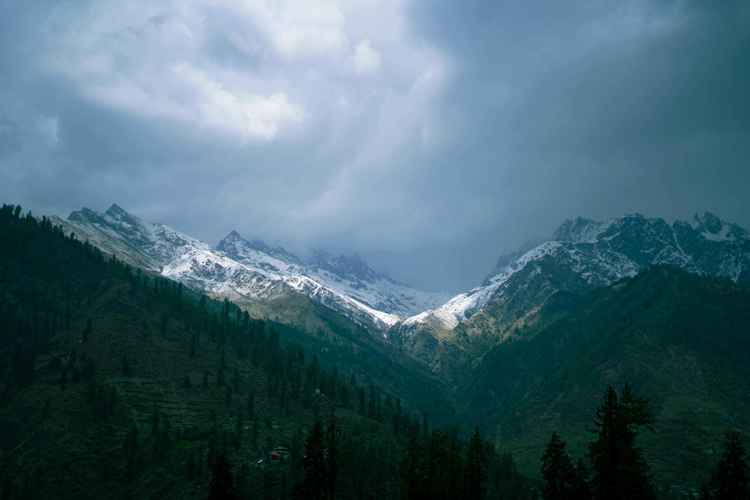

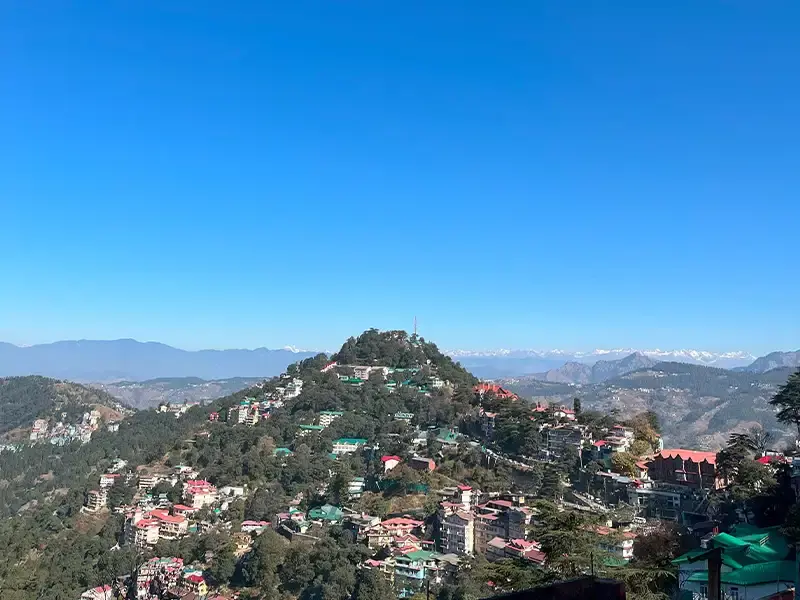



Himachal Pradesh, nestled in the western Himalayas of India, has a rich and diverse history. In ancient times, it was inhabited by various indigenous tribes, with mentions in Hindu scriptures like the Puranas. It later became part of various empires, including the Mauryan and Gupta dynasties.
During the medieval era, the region was divided among several small princely states. In the 19th century, it caught the attention of the British colonialists due to its strategic location. The British gradually annexed many princely states, including Chamba, Mandi, and Sirmaur, into the Punjab province.
After India gained independence in 1947, Himachal Pradesh became a part of the Punjab state. However, in 1966, it was designated a union territory, and later, in 1971, it attained full statehood. The state's scenic beauty and pleasant climate have made it a popular tourist destination, contributing significantly to its economy.
Geography: Himachal Pradesh is a northern Indian state nestled in the Himalayas, renowned for its stunning mountain landscapes and river valleys.
Tourism: It is a popular tourist destination, attracting visitors with its hill stations like Shimla and Manali, adventure sports, and scenic beauty.
Capital: Shimla serves as the capital city and was once the summer capital of British India during the colonial era.
Language: Hindi is the official language, but Himachali languages like Kangri, Pahari, and Kinnauri are widely spoken.
Economy: Agriculture, horticulture, and tourism are key contributors to the state's economy, with apple orchards being a prominent feature.
Wildlife: Himachal Pradesh is home to various wildlife sanctuaries and national parks, including Great Himalayan National Park, providing a habitat for diverse flora and fauna.
Culture: The state celebrates colorful festivals such as Diwali, Dussehra, and Losar, along with traditional dance forms like Chamba and Kinnauri Nati.
Religious Significance: Himachal Pradesh houses numerous temples, including the famous ones in Dharamshala and Manali, attracting pilgrims and tourists alike.
Education: The state has reputed educational institutions, including Himachal Pradesh University in Shimla.
Transportation: The state has a network of roads and railways, with picturesque narrow-gauge rail routes like the Kalka-Shimla Railway.
Government: Himachal Pradesh has its own elected government, headed by a Chief Minister and a Governor.

